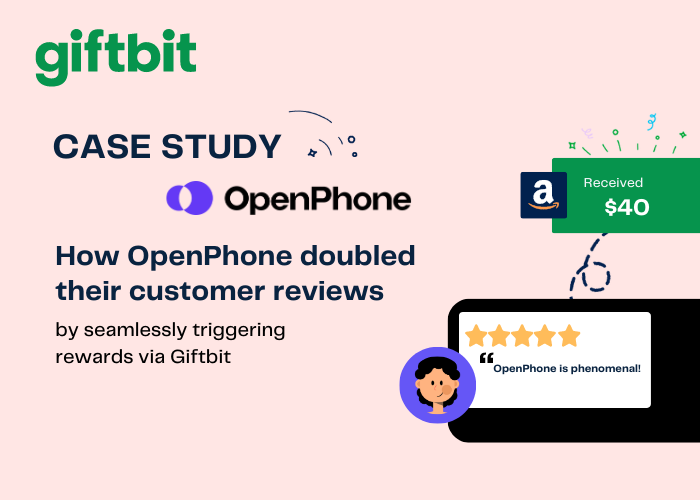Social exchange theory describes how people decide whether the costs of an exchange are worth the rewards. How does it play into participation rates for market research?
While decision making is more complicated than the process described by social exchange theory, the model is still useful in framing our decisions about what to offer in exchange for participating in our market research.
Why should we participate in a market research survey?
Each exchange with your company uniquely impacts your relationship with the participant. Every person contacted will evaluate the opportunity to participate according to their subjective cost-benefit analysis and evaluation of alternatives.
While rarely a formal process, whether participation is deemed worthwhile is determined by looking at any perceived rewards less the anticipated costs, including any opportunity costs. Therefore, your job is to make sure the rewards of participating are greater than the perceived costs.
Worth = Perceived Rewards - Perceived Costs
It is not enough to simply ensure that the perceived rewards are greater than the perceived direct costs. Opportunity costs are also important. Given multiple alternatives, prospective participants will select the option that offers the greatest worth. What other activities are you competing against?
Costs for the participant
For market research, the more common costs for participants are the time and mental effort required to take part. These costs will be considerable for some respondents and inconsequential to others.
Avoid assuming time and effort too casually; your perception may not reflect reality for the average participant. We tend to assign far more intrinsic rewards to participating in market research as market researchers, and we underestimate the time and effort it takes others to complete our surveys.
Failing to consider the costs for your specific target population will skew your sample through self-selection bias. You’ll lose out on responses from those whose costs were not accurately accounted for when determining rewards.
How do you incentivize survey participation?
Rewards for market research tend to be far more varied than costs: they can be tangible or intangible, intrinsic or extrinsic. Experimenting with different rewards for your target population is important.
Cash and gift card rewards are usually the most popular and effective. However, sharing the final research report, offering merchandise that provides trophy value, or even just clearly stating how the research will help you shape a product or service may be enough.
.jpg?width=3840&height=2160&name=iStock-1439097229%20(1).jpg)
Even better, combining multiple reward types to create a package of intangible, tangible, extrinsic, and intrinsic rewards is likely to have the greatest impact.
Do incentives work for survey response rates?
A participant's actual experience of the costs and rewards will shape their likelihood of participating again, their future purchase behavior, and their attitudes toward your organization. Higher than expected costs or lower than expected rewards will lead to a negative social outcome.
Outcome = actual rewards - actual costs
Clearly and accurately communicating the expected time and effort required to participate as well as ensuring the rewards are delivered promptly, simply, and as promised will lead to a positive social outcome. Your organization’s relationship with each participant can yield even greater future returns...or not.

How To Increase Survey Response Rates
In fact, the success of your research surveys will often hinge on your response rates. High participation ensures a diverse and robust...

How Giftbit Helped A Business Communication App Double Its Reviews
OpenPhone doubled their customer reviews and unlocked seamless sending with a simple Giftbit + Zapier connection.
Read more






